The Article
618Q DIRECT DRIVE TURNTABLE FROM DUAL
12th June 2025
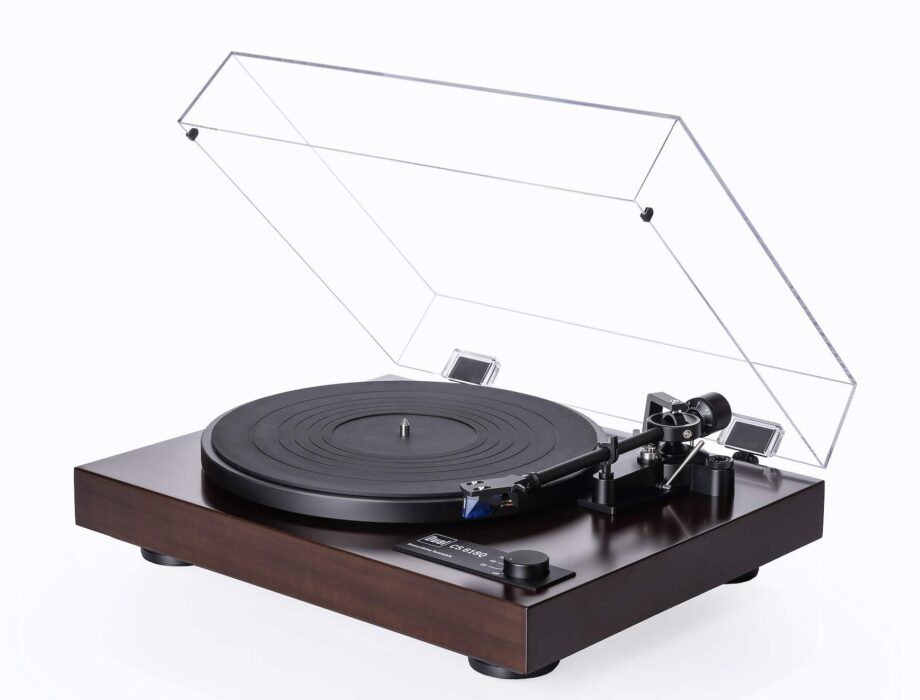
From the newly formed Dual comes this partly automatic direct drive creation. Paul Rigby lifts a finger (rest) on the CS 618Q
I was immediately interested in the CS 618Q turntable because of two things. Firstly, it’s a quartz-stabilised direct drive. Secondly, the drive has not been bought in. Dual made it themselves. The drive itself is nippy with a quick response. And there are three speeds to select, including 78, from an easy-access rotary knob on the near right of the MDF plinth presented in either walnut, gloss or ash black.
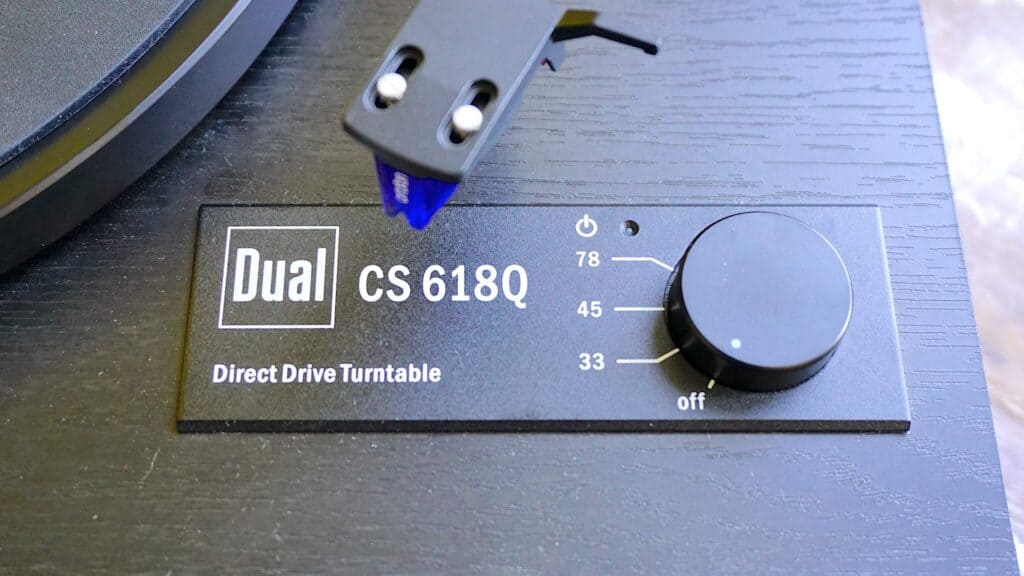
A 12V wall wart switch-mode power supply gives it power. That also moves the cast aluminium platter which holds the basic rubber mat a-top.

On the right is a straight-tubed tonearm with an angled headshell. Hanging off that is an Ortofon 2M Blue. A nice touch, many companies would have made do with a Red, even at this price. The Blue is a much better performer.
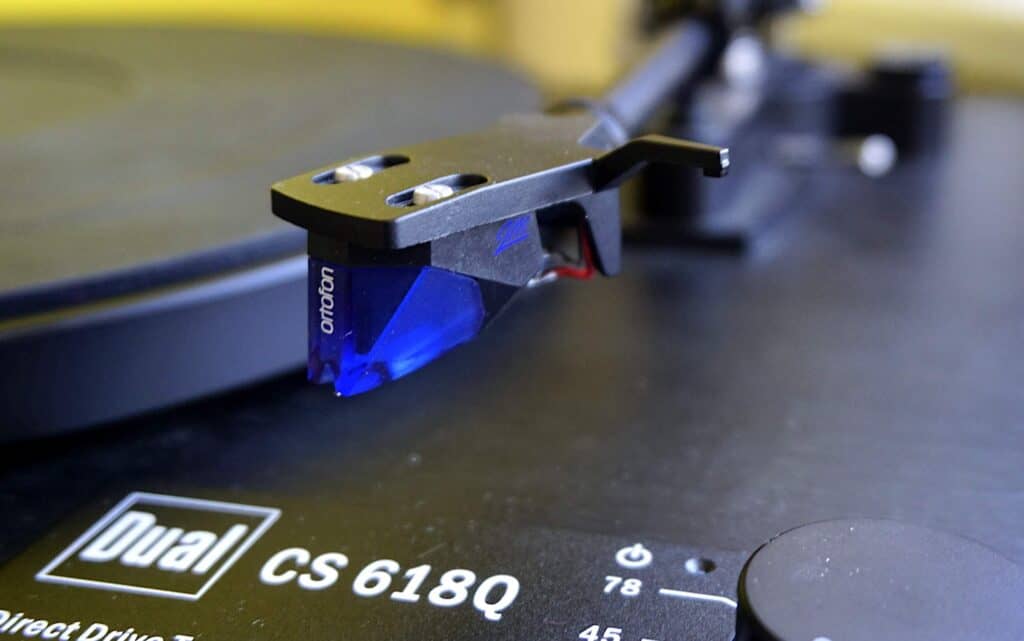
The CS 618Q is, for want of a better description, quarter automatic. That is, the platter only rotates when the tonearm is swung onto the edge of the vinyl disc. That combines with an autostop/lift action on the other end. This auto feature can be defeated with a switch on the rear. Also on the rear is the access to the built-in phono amplifier plus barrel socket for the power supply.
THE PACKAGE
Before we get to the sound testing, I must add two points.
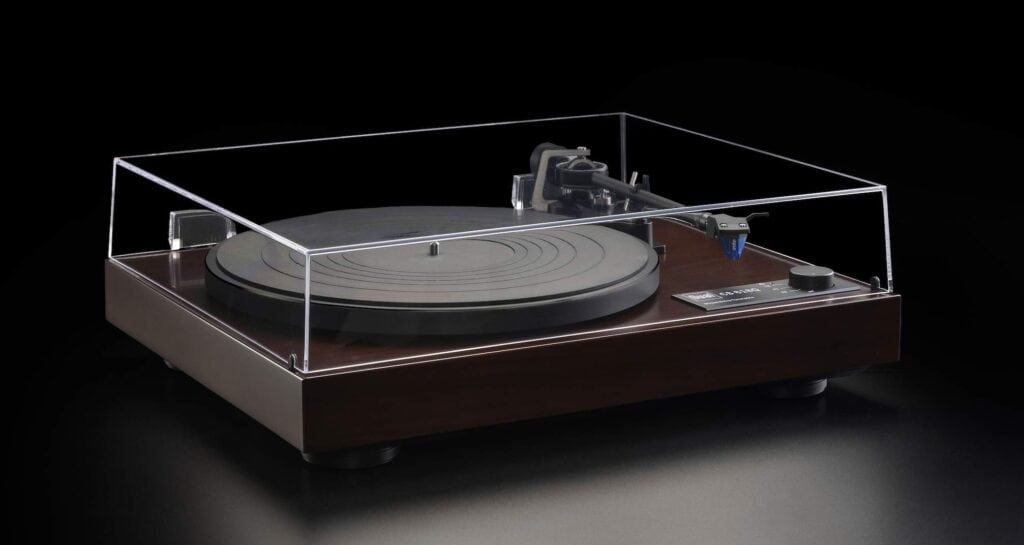
Firstly, this is not just a turntable, it is a package and I’m here to review that package. You pay for the cartridge, it comes already fitted and most buyers of this turntable will never change it so it will not be changed in this review, either. Actually? I may change the cart in the future with an aim to improve the sound but that will be for a modding/upgrade feature, not a straight review.
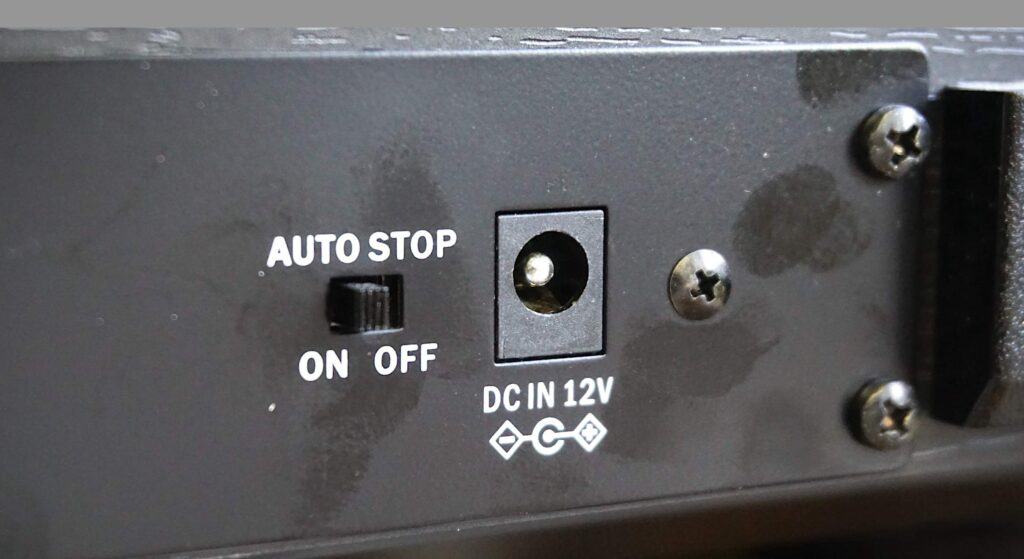
Secondly, this turntable is not a hardcore audiophile design. Hence, this review is not just about the sound quality. For this particular design? Buyers will see sound quality as important but also secondary to ease of use, to convenience and quality of life. If all you care about is sound quality, look elsewhere for a true manual turntable. Even within Dual’s own catalogue.
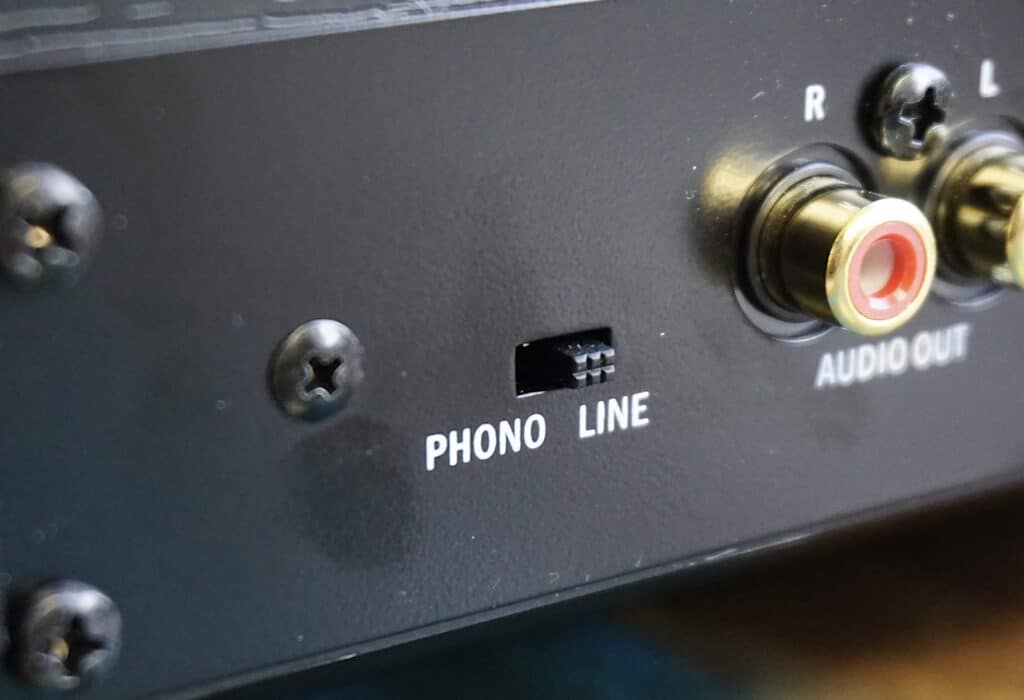
Because this turntable features an internal phono amplifier, extra parts that initialise and control the automatic drive facilities and the like, all of those extra pieces will add micro vibrations to this design which will mask fine detail to a greater or lesser extent. We will see, of course.
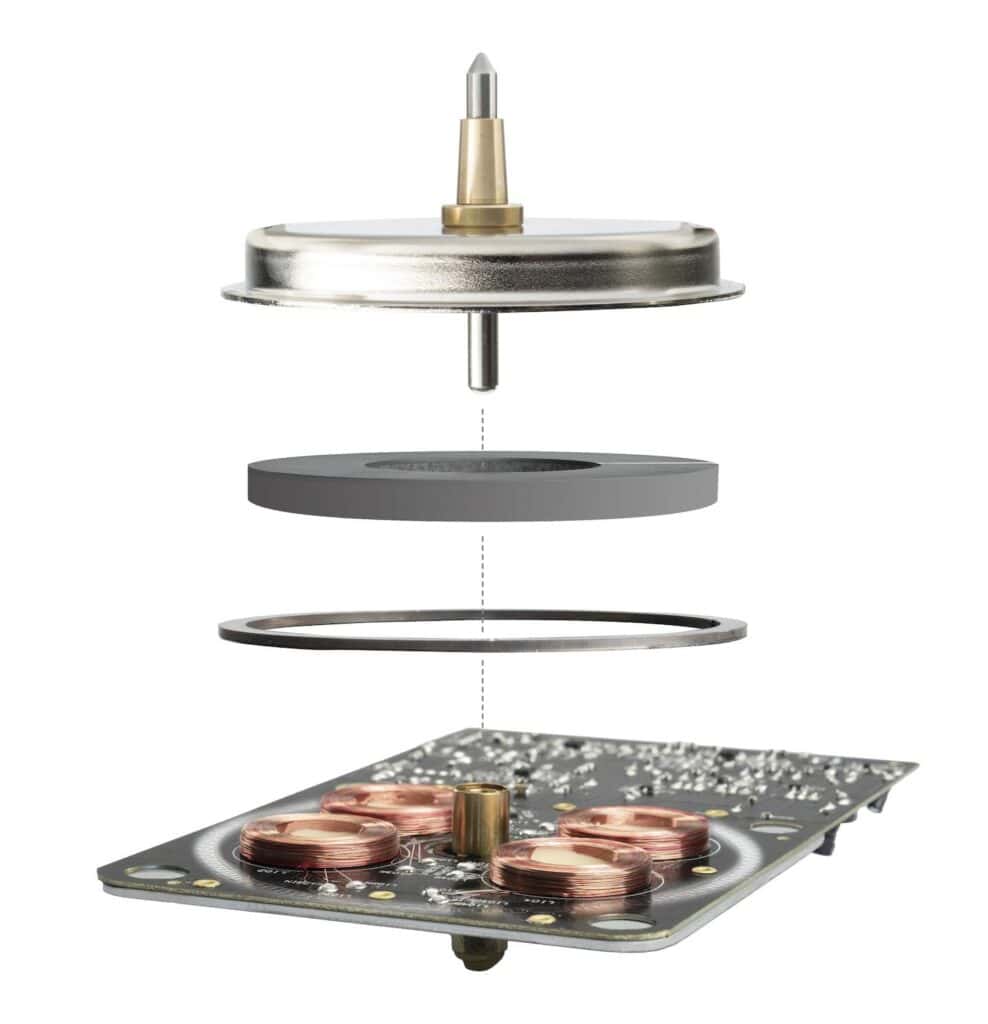
Hence, when judging this Dual design, you need to see the bigger picture. This turntable is for vinyl fans who value functionality, demand practicality and insist on ease of use. The requirement for convenience is primary here. The most important part of the overall design. Oh, and, while you’re about it, a decent sound would be good too.
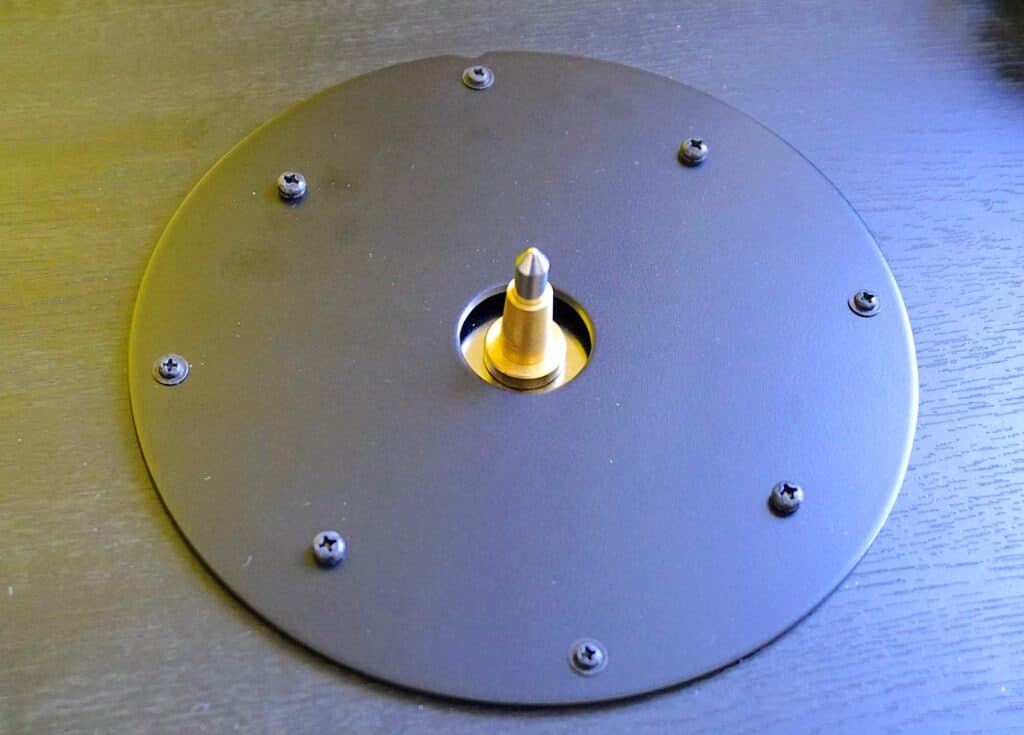
That’s how this review will be approached.
SOUND QUALITY
Actually? I wanted to examine the sound quality first, just to see where it stood. To provide context. To set boundaries. So I brought in a Pro-Ject EVO with its built-in Ortofon 2M Red, a hardcore audiophile turntable with zero convenience features. This is partly why the EVO still stands alone at its price point in terms of sound quality. I didn’t expect the CS 618Q to best it. In fact, I expected the Dual to hit a poor second place, way behind the Pro-Ject.
vs PRO-JECT EVO
Software? I grabbed an Ennio Morricone LP on Cinevox called La Casa Comica which features female vocal noises, orchestral strings, bass guitar, percussion, harpsichord, piano and more.
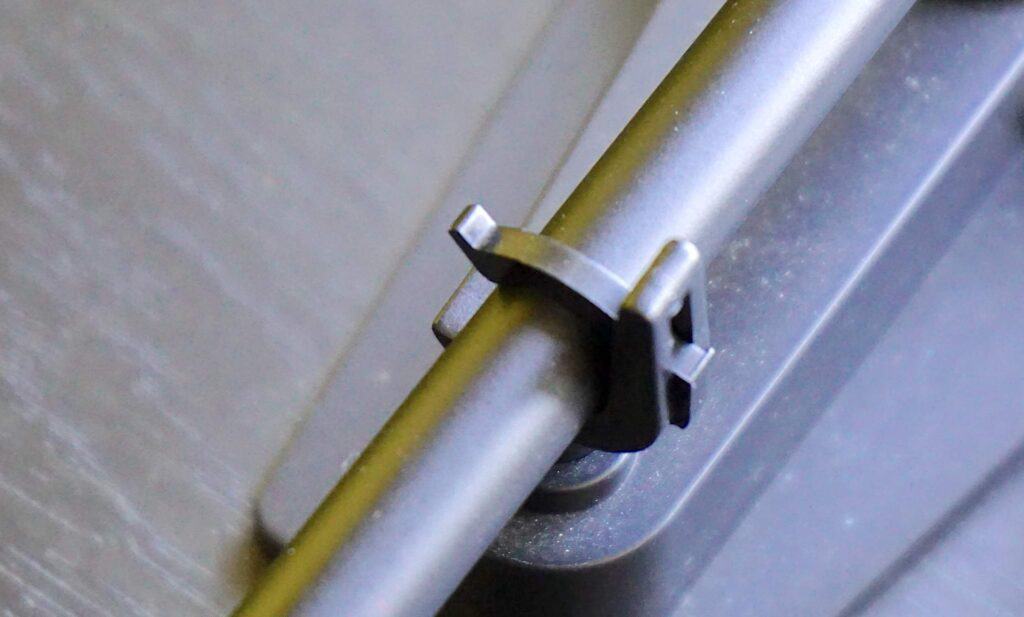
Overall, I prefer the EVO in terms of low noise performance, air and space around the mids and treble plus the tonal realism. Saying that, and this surprised me, the EVO doesn’t have things all its own way. Transient performance on the Dual is superb. This is down to Dual’s own direct drive motor. That is, the starting and stopping of notes? The Dual turns on a sixpence, there is zero blur or any smearing of notes here which means music moves at a clip and never drags. On that score, the Dual is superior to the EVO. The Dual is also superior in bass terms. Bass is not humungous, it is not cavernous but there is extra weight here, extra foundational strength and, especially, grip. Associated with that, you could thus argue that the tonal balance from the Dual is also superior.
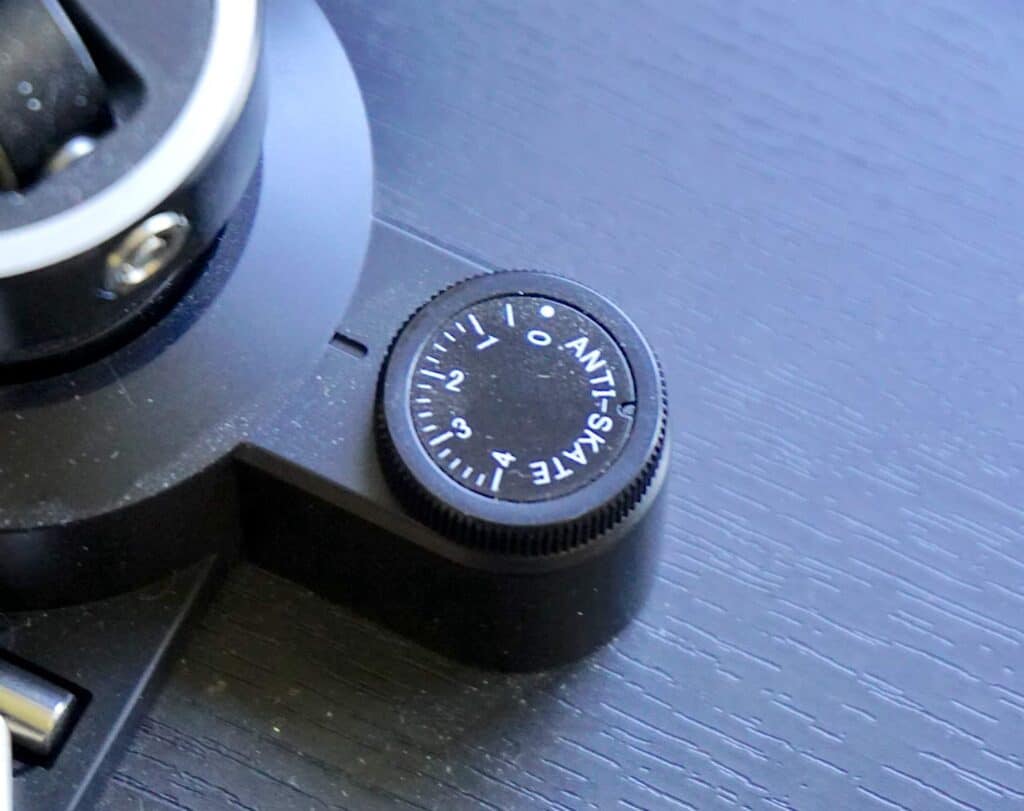
Considering that the CS 618Q is not a hardcore audiophile design? All of that is pretty impressive.
VS FLUANCE RT83
I then moved to a similar but much cheaper design, the Fluance RT83 which features the same sort of automatic features as the Dual including a built in phono amplifier although with an Ortofon 2M Red. I wondered if the Dual could possibly serve as suitable upgrade machine for fans of the Fluance and other, similar turntables of a lower price point.
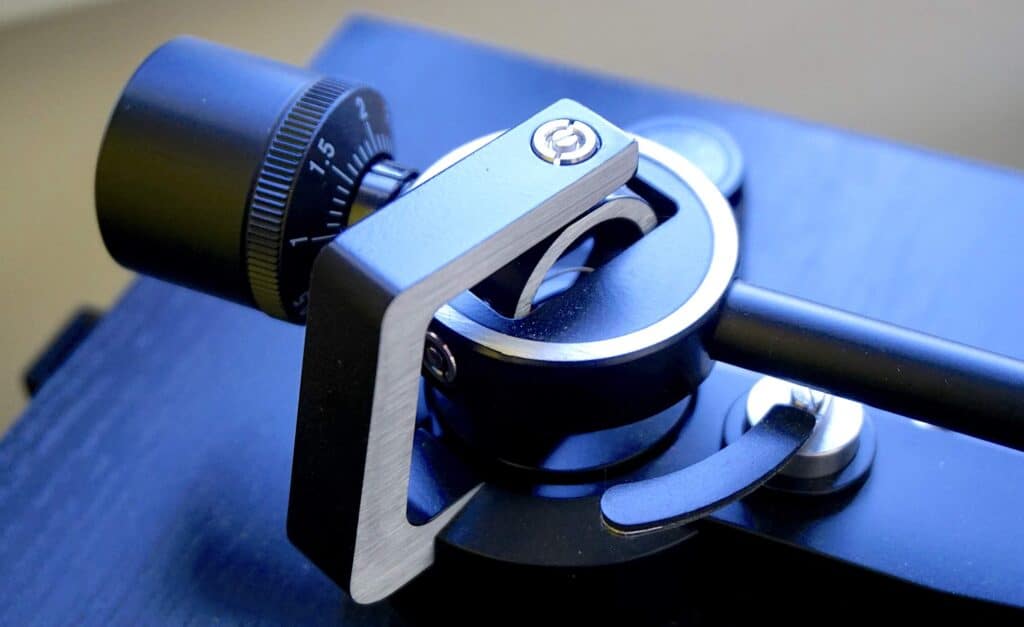
Via the title track of Yes’ Close to the Edge, the Fluance suffered from the same reduction of space in the mids, when compared to the EVO while the transients from the Fluance were softer than the Dual.
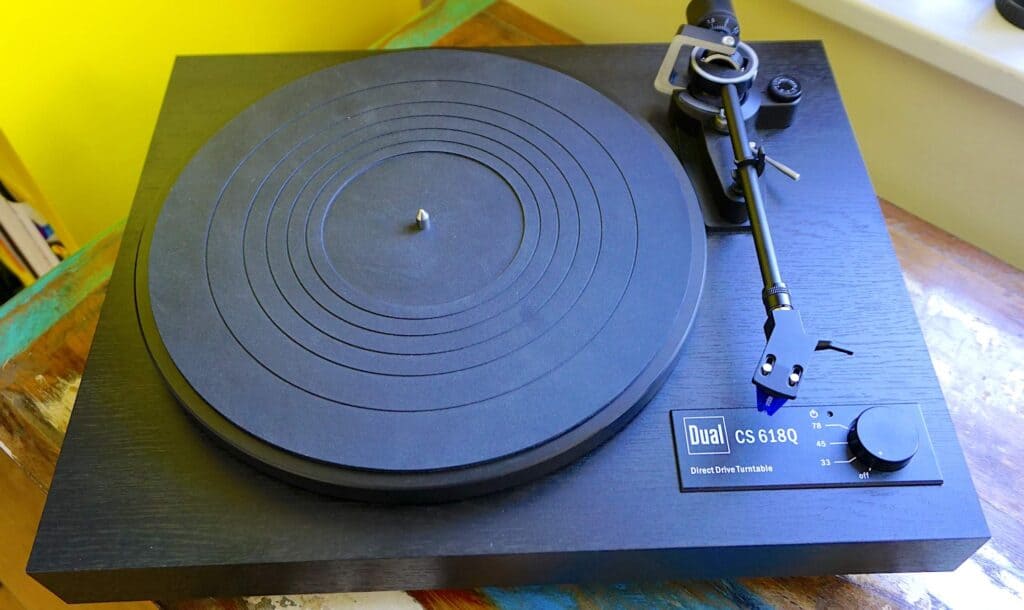
The Dual sounded precise and focused. The Dual also had a more impressive bass response. The Fluance wasn’t bad by any means but the Dual had both weight and punch and real control of the lower frequencies, combined with that transient performance from the direct drive motor. The Dual offered a real snappy, finger-clicking performance. In short? The 618Q would serve as a fine upgrade from lower cost automatics like the Fluance.
PHONO AMPLIFIER
Next? A quick word on the internal photo amplifier which is ok. It’s…fine. I much prefer an external phono amplifier though which adds air and space to the mids and gives the bass more structure and focus.
UPGRADABLE
And on that subject, before we rush to a conclusion, note that the Dual is easily upgradable. I would recommend a better platter mat (I dislike the rubber default), put the turntable on quality shelving plus an isolation platform and/or feet, a Stack Audio Serene Puck or Origin Live Gravity and a better head shell would be recommended too.
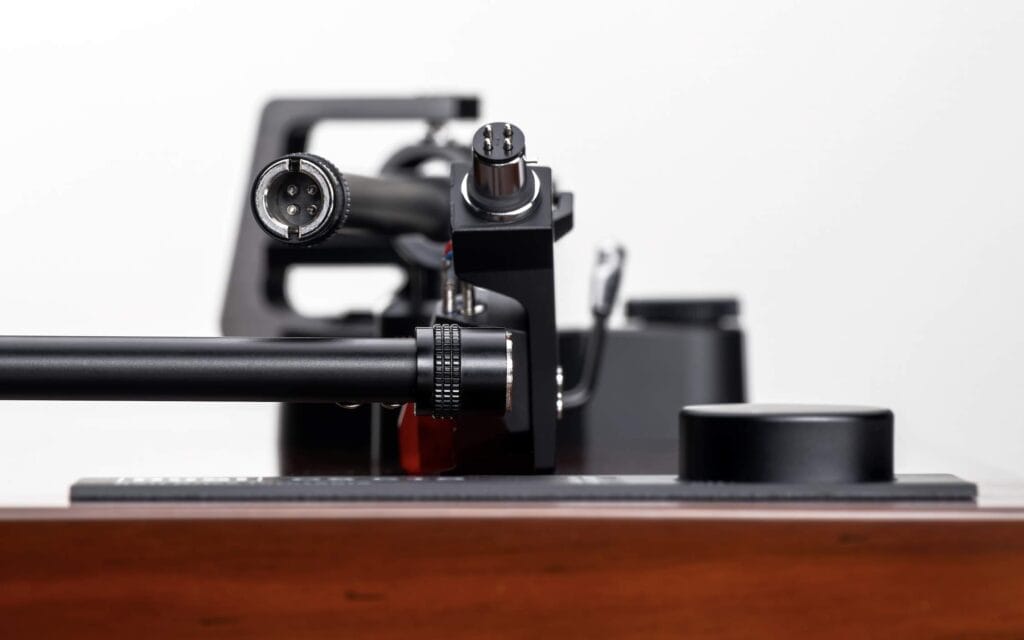
Oh and I’d recommend all of those things before a cartridge upgrade. Give that cartridge room to really fly before you change it.
CONCLUSION
Should you buy the Dual CS 618Q as your next audiophile turntable? No. As I say, that’s not why it was built. That’s not the target audience.
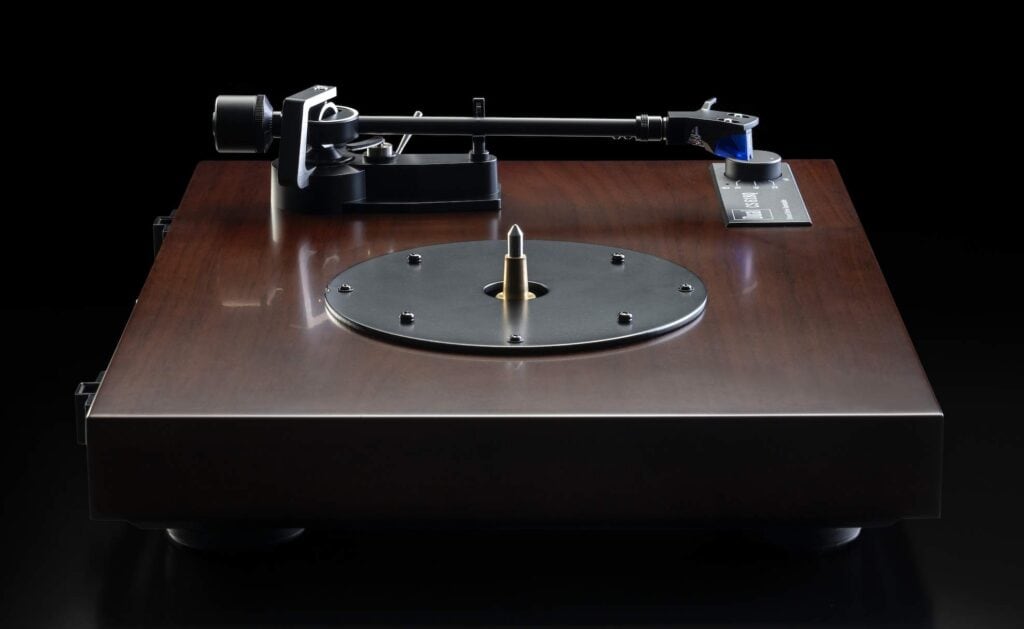
Should you buy the Dual CS 618Q if you looking for a a combination of sound quality with convenience features? Absolutely, yes.

The Dual offers a low maintenance direct drive turntable with no belts to mess around with, there’s the auto stop and arm lift features, the built in phono amplifier, the built in cartridge and overall friendly design means that the Dual CD 618Q offers a great balance between facilities and performance.
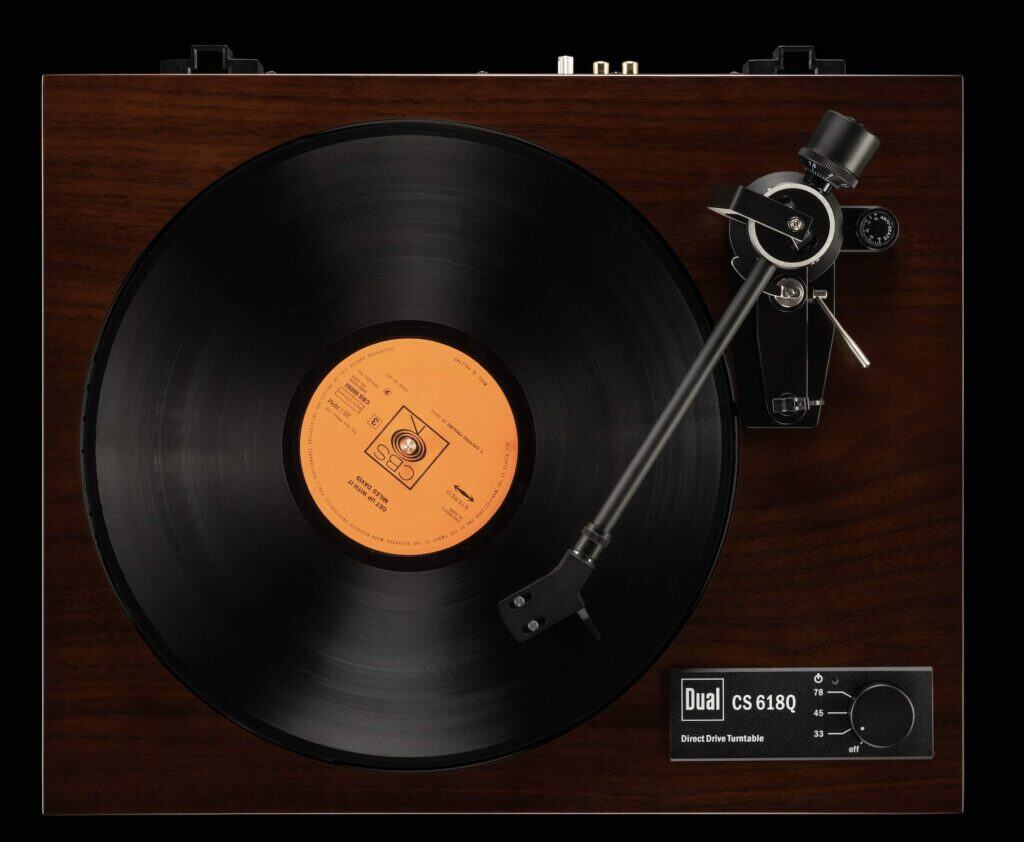
An ideal upgrade if you already own a similar, low-cost turntable, the Dual CS 618Q is a no fuss, no hassle design that remains solid enough in sound terms to still turn a few heads.
DUAL CS 618Q TURNTABLE
Price: £1,099
Website: dual.de
GOOD: feature set, easy to use, transients, bass, focused mids
BAD: slightly compressed mids and treble
RATING: 8
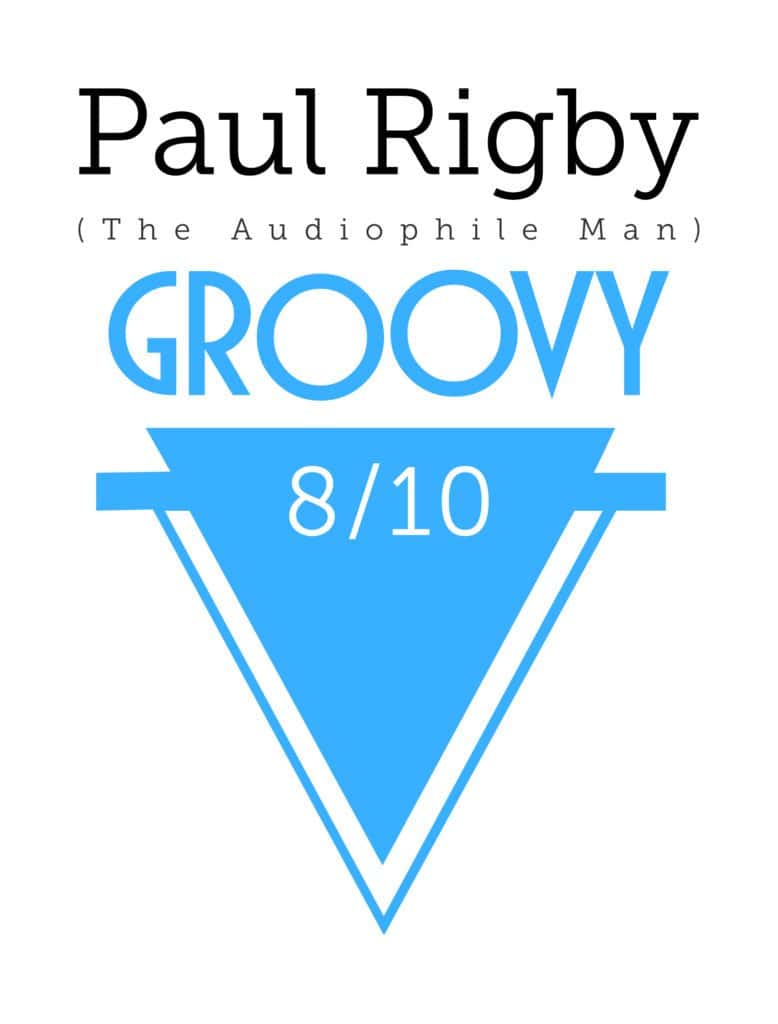


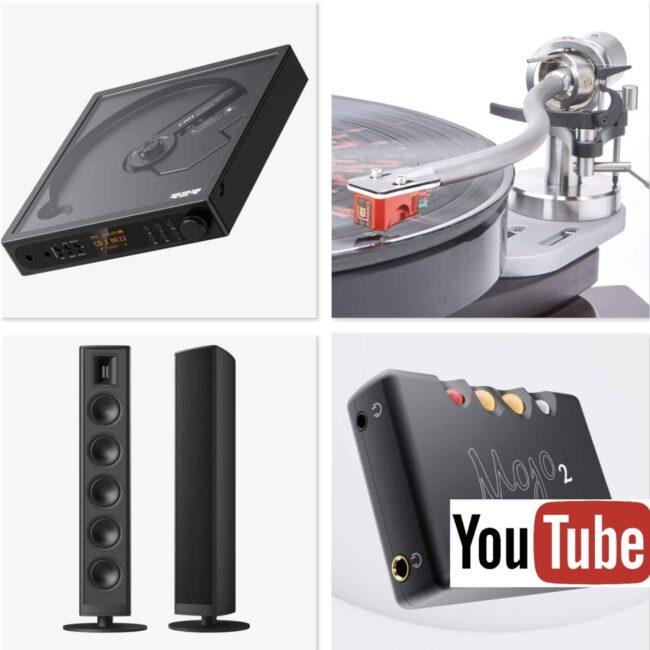
yes but you are competing Ortofon red with Ortofon blue… how can that give you a meaningful conclusion?
On the contrary, I am reviewing a package. Please read the review again, I explain it in there. To repeat: “Firstly, this is not just a turntable, it is a package and I’m here to review that package. You pay for the cartridge, it comes already fitted and most buyers of this turntable will never change it so it will not be changed in this review, either. Actually? I may change the cart in the future with an aim to improve the sound but that will be for a modding/upgrade feature, not a straight review.”